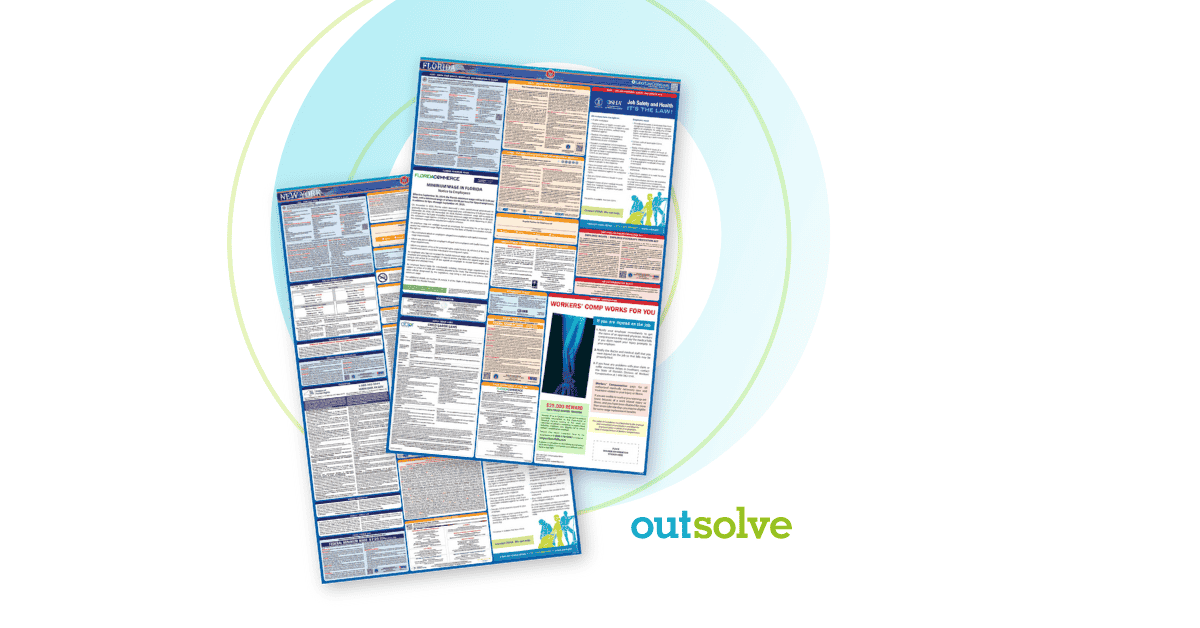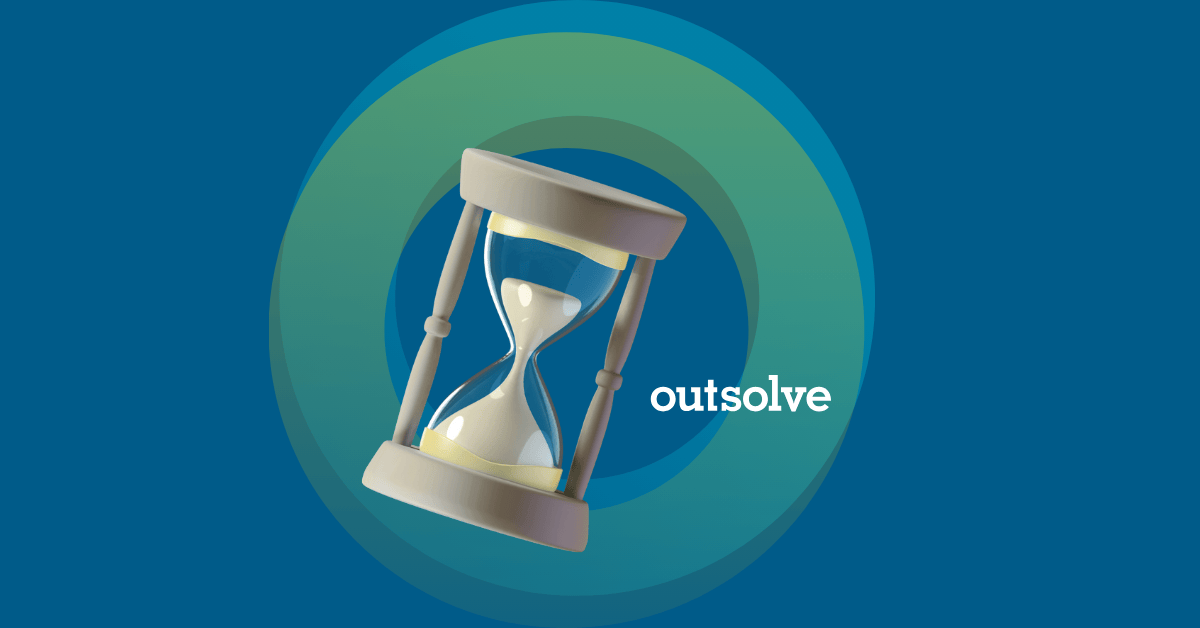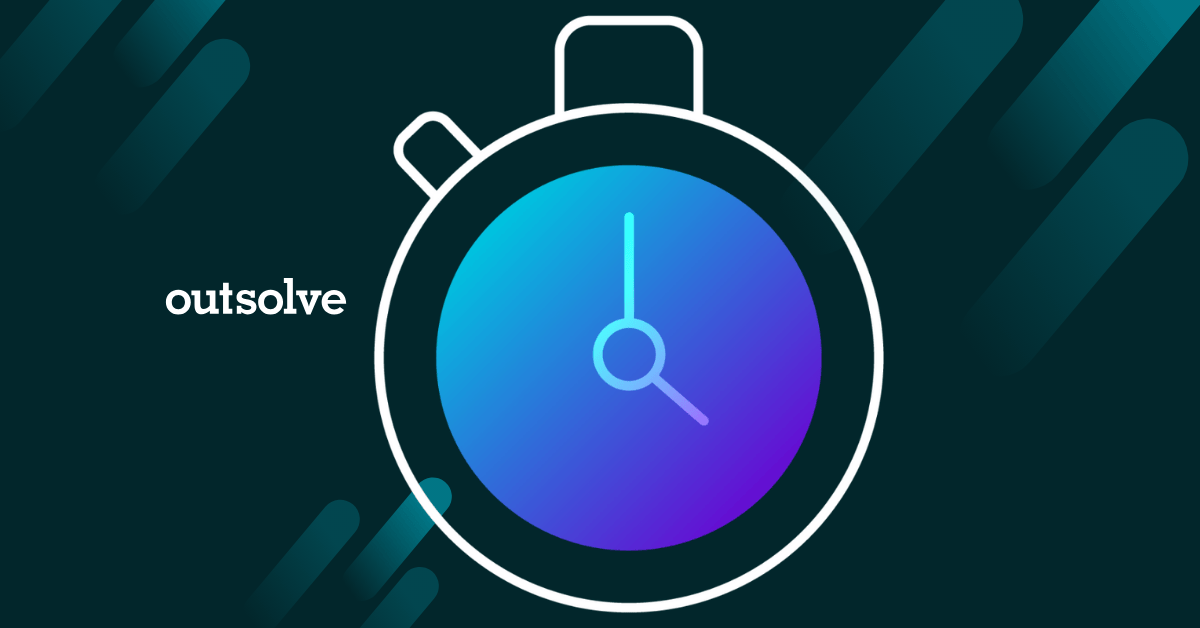2 min read
Employment of Workers with Disabilities Increased in 2022
 Debra Milstein Gardner
:
Mar 13, 2023 10:28:49 AM
Debra Milstein Gardner
:
Mar 13, 2023 10:28:49 AM

BLS reported an increase from 19.1% in 2021 to 21.3% in 2023; may strengthen OFCCP’s focus on outreach and compliance efforts
The Bureau of Labor Statistics (BLS) reported an increase in the percent of employment of persons with disabilities from 19.1% in 2021 to 21.3% in 2022. This compares to a similar increase in employment of persons without disabilities from 63.7% in 2021 to 65.4% in 2022. The data on persons with a disability are collected using the Current Population Survey (CPS) which is a monthly sample survey of approximately 60,000 households that provides statistics on employment and unemployment in the United States.
The report illustrates the following highlights:
- Unemployment rate for persons with disabilities declined in 2022 to 7.6%.
- Unemployment rate for persons without disabilities declined in 2022 to 3.5%.
- Half of the population of persons with disabilities over age 16 [32,596] are over the age of 65 [16,155]
- In 2022, with respect to part-time workers, 30% were persons with disabilities whereas 16% were persons without disabilities.
- Of the persons with disabilities, more were likely to be self-employed (9.5%) than those without a disability (6.1%).
- Most of the jobs held by persons with disabilities were in the education and health services sector (20.7%), followed by professional and business services (11.7%).
- Most of the jobs held by persons with disabilities were in private industry (76.7%) compared to 13.7% in government jobs.
%20(1).png?width=300&height=80&name=OutSolves%20Take%20(300%20%C3%97%2080%20px)%20(1).png)
The current OFCCP national “aspirational utilization goal” is 7% according to the OFCCP FAQs on Section 503. We emphasized the word aspirational since OFCCP is aware of the ambitious nature of reaching that goal, especially considering voluntary disability self-identification. Even though it is mandatory that federal contractors and subcontractors invite applicants and employees to self-identify their disability status using the OFCCP mandated form, we know that many are reluctant to do so. Without accurate reporting, the 7% utilization goal has always been difficult for many contractors to achieve.
OFCCP uses this goal as a “yardstick against which they can measure the success of their [contractors] efforts in outreach to and recruitment of individuals with disabilities.” During OFCCP compliance evaluations and Section 503 focused reviews, it has been OFCCP’s enforcement strategy to verify documentation of a contractor’s outreach efforts, assessment of their effectiveness, and efforts made to improve or change direction to increase participation of persons with disabilities in the recruitment process.
In 2022, OFCCP published a revised Scheduling Letter and Itemized Listing for the Office of Management and Budget’s (OMB) approval. The OFCCP was accepting comments on its proposal through January 20, 2023. OFCCP will sift through the comments and take their time to make changes to be approved by the OMB. If approved as drafted, contractors will have to submit their support of the Section 503 utilization analysis. Where underutilization of persons with disabilities is identified in the affirmative action plan, contractors must “provide a description of the steps taken to determine whether and where impediments for equal employment opportunity exists.” Contractors will also be required to inform the agency if their recruiting efforts for identifying qualified persons with disabilities has been effective and where they have not, they must provide documentation on how they have and will use alternative methods of recruiting. (See OutSolve blog - OFCCP Publishes Significant Modifications to Audit Scheduling Letter and Itemized Listing.)
OutSolve does not have a crystal ball (even though we wish that we had!), but these recent BLS numbers may lead to an increase in the current utilization rate of 7%. We will focus on these developments and keep our clients apprised of all significant changes which may impact their affirmative action programs.
For additional guidance and support, please contact info@outsolve.com or by calling 888-414-2410.
Debra Milstein Gardner has worked in the Equal Employment Opportunity (EEO) and Affirmative Action (AA) space for the past 43 years while working in the public and private sectors in various human resources compliance roles. She began her career working for the Equal Employment Opportunity Commission and then went to the Marriott Corporation for nine years working in EEO, Affirmative Action and field human resource roles. In 1990, Debra founded Workplace Dynamics LLC providing EEO, AA, and DEI consulting services to government contractors. In 2016, Debra sold the affirmative action portion of Workplace Dynamics to OutSolve LLC and works part-time as a Market Analyst. Debra is a sports fanatic, routing for the Baltimore Ravens and all Virginia Tech Hokie teams. She loves to hike and boat in her mountain and lake community of Lake Lure, NC.
Recent Posts
Related Posts

Former DOL Officials Issue Open Letter to Federal Contractors
On April 15, 2025, ten former senior officials from the U.S. Department of Labor (DOL), including past leaders of the Office of Federal Contract...

The Ultimate Guide to Multi-State Labor Law Posters
Human Resources professionals understand how important and challenging it can be to remain updated and compliant with labor laws. This is especially...

Countdown: Final Days of the 90-Day Safe Harbor Period for AAPs
April is here and with that comes the end of the 90-day safe harbor period for federal contractors complying with EO 11246. As April 21, 2025,...


